
Keeper of the Lost Coast
California's Lost Coast offers a unique Wilderness experience. The Lost Coast Trail spans an area along the westernmost edge of the state.
I met with Paul Sever, the trails lone Wilderness Ranger to see what it takes to maintain the character of the Wilderness designation.

A RANGER: Paul Sever serves as the Wilderness Ranger for the Lost Coast Trail and other trail systems within the boundaries of the King Range National Conservation Area. As a Wilderness Ranger, Sever's duty is to enforce regulations such as bear canister compliance, record statistical information such as number and type of visitor, and to ensure the Wilderness characteristics of the King Range are maintained in keeping with specifics outlined in the Wilderness act of 1964.
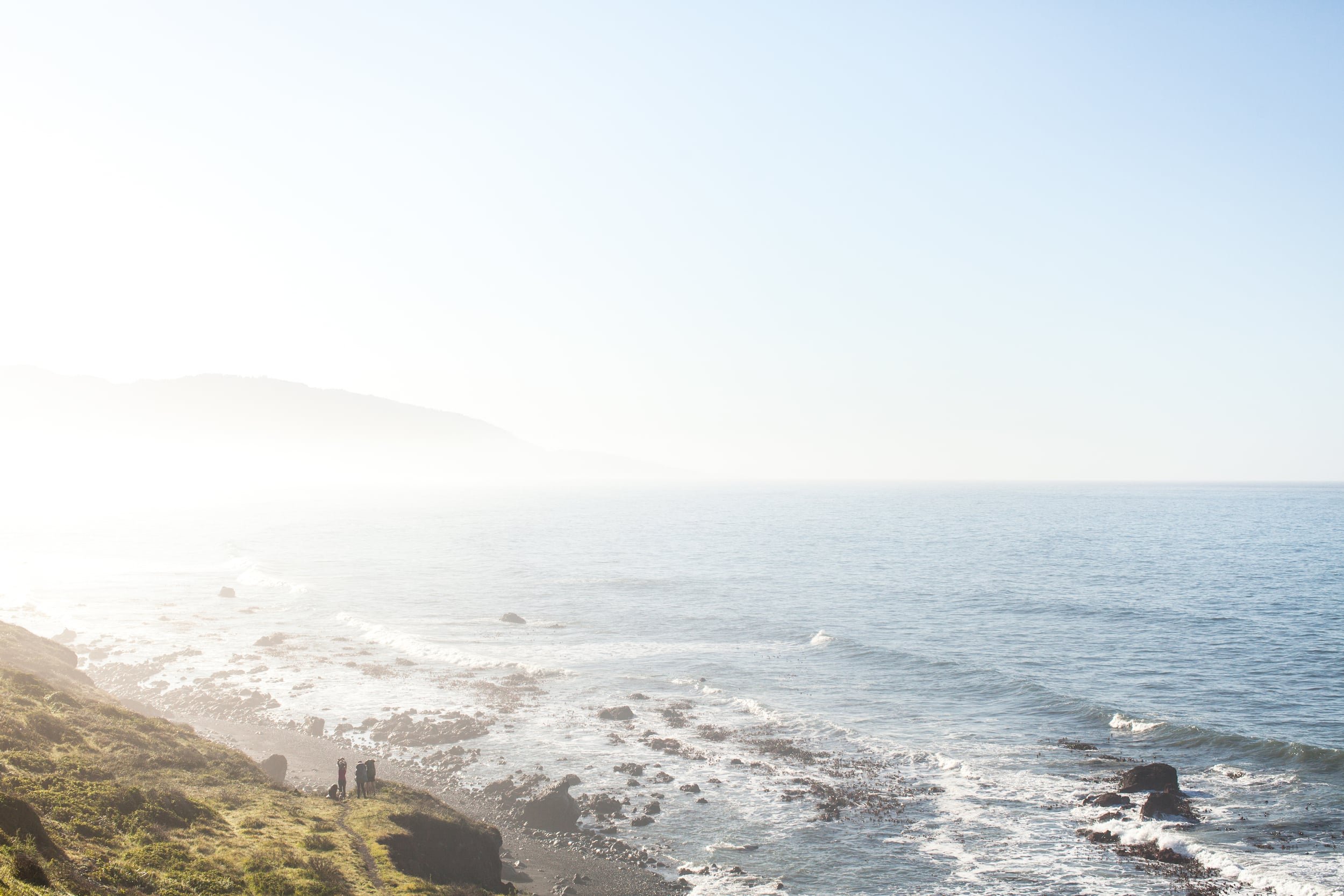
MORNING VIEW: A group of hikers stop to take in the view before the Lost Coast Trail returns to beach.
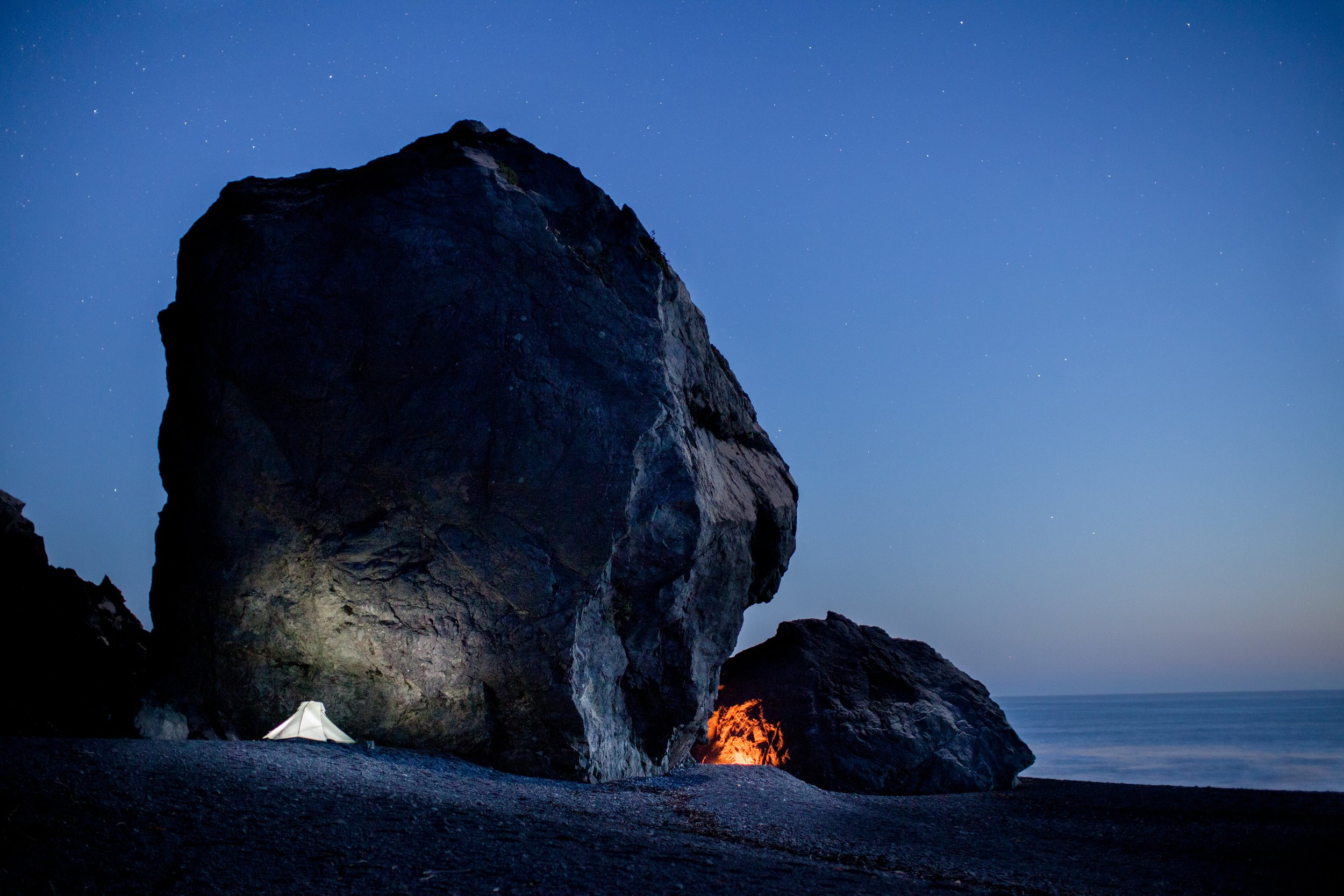
A CAMP NEAR SPLIT ROCK: Among the duties of a Wilderness Ranger is to inspect areas frequented by campers. Leave-No-Trace principals are not always observed by visitors and Sever sometimes finds himself removing debris left behind by campers as well as dismantling excessive campfire rings and impromptu driftwood constructions such as benches and forts.

ON PARTOL: Sever inspects a beach near an area frequented by both campers and surfers. His most important tool, the shovel is primarily used to bury human waste. Improper waste disposal is one of the main issues on the Lost Coast Trail. With few areas for privacy and most locations suitable for camping within close proximity to water sources, visitors are encouraged to dispose of human waste in a hole in the wet sand below the high tide point.
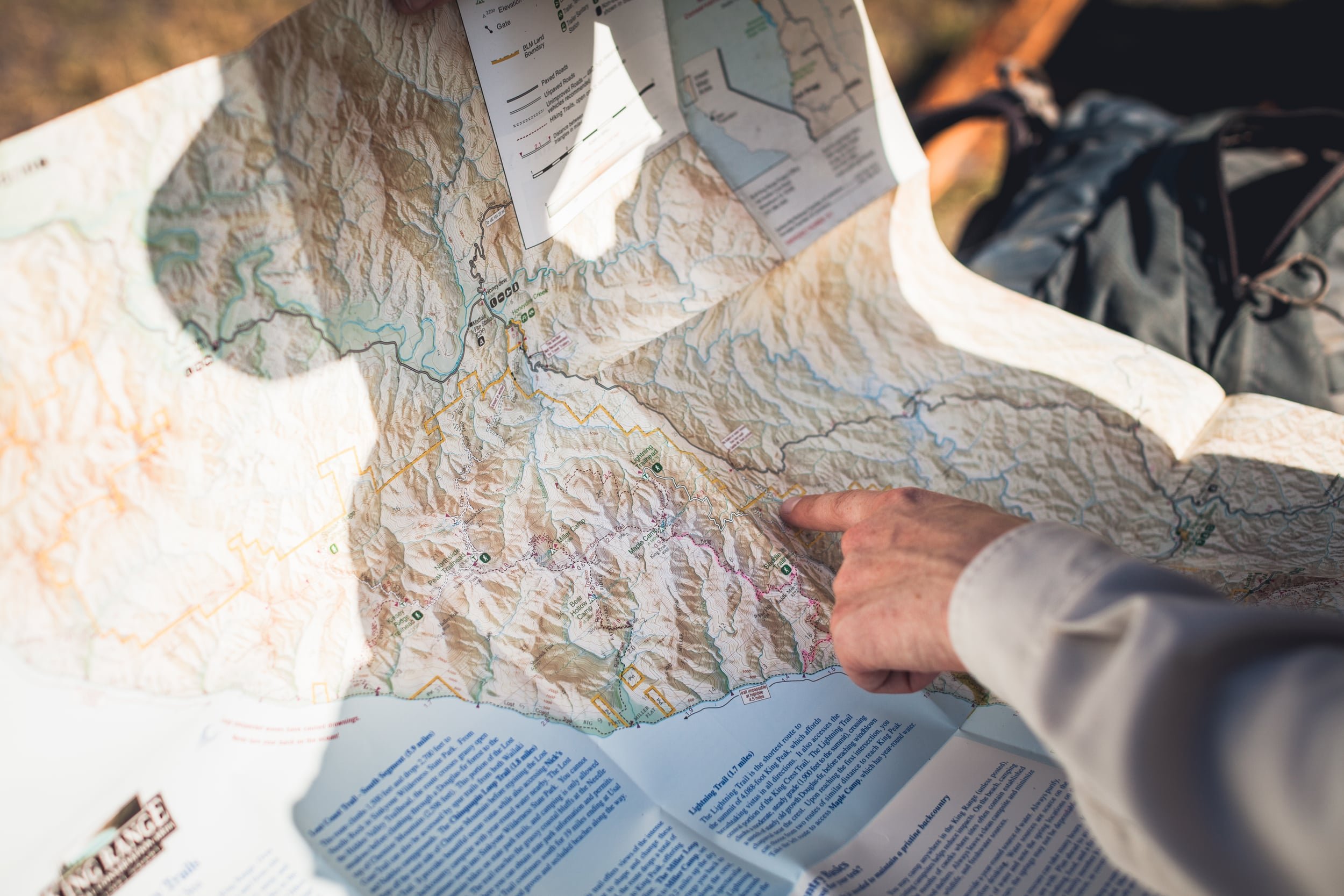
POINTING TO ACCESS: Sever points to an access location for an inland trail system on a regional map of the King Range Conservation Area
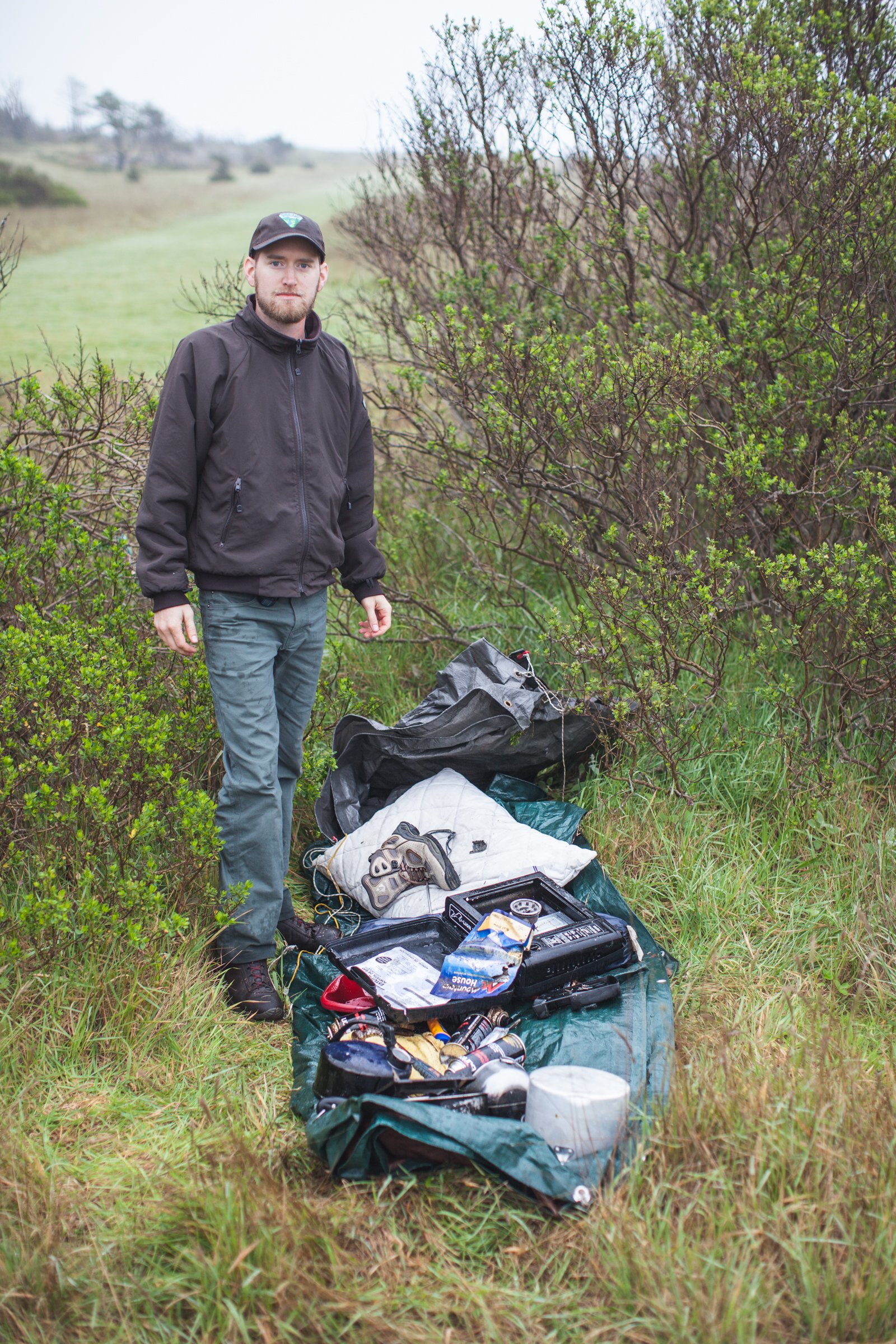
THE CACHE: Sever displays a cache of items he has collected from a nearby camping area. Trash and bulky items are often discarded by thoughtless campers. Throughout the season Sever collect these items and drops them in caches along the trail to be removed at a later date by organized volunteer efforts.
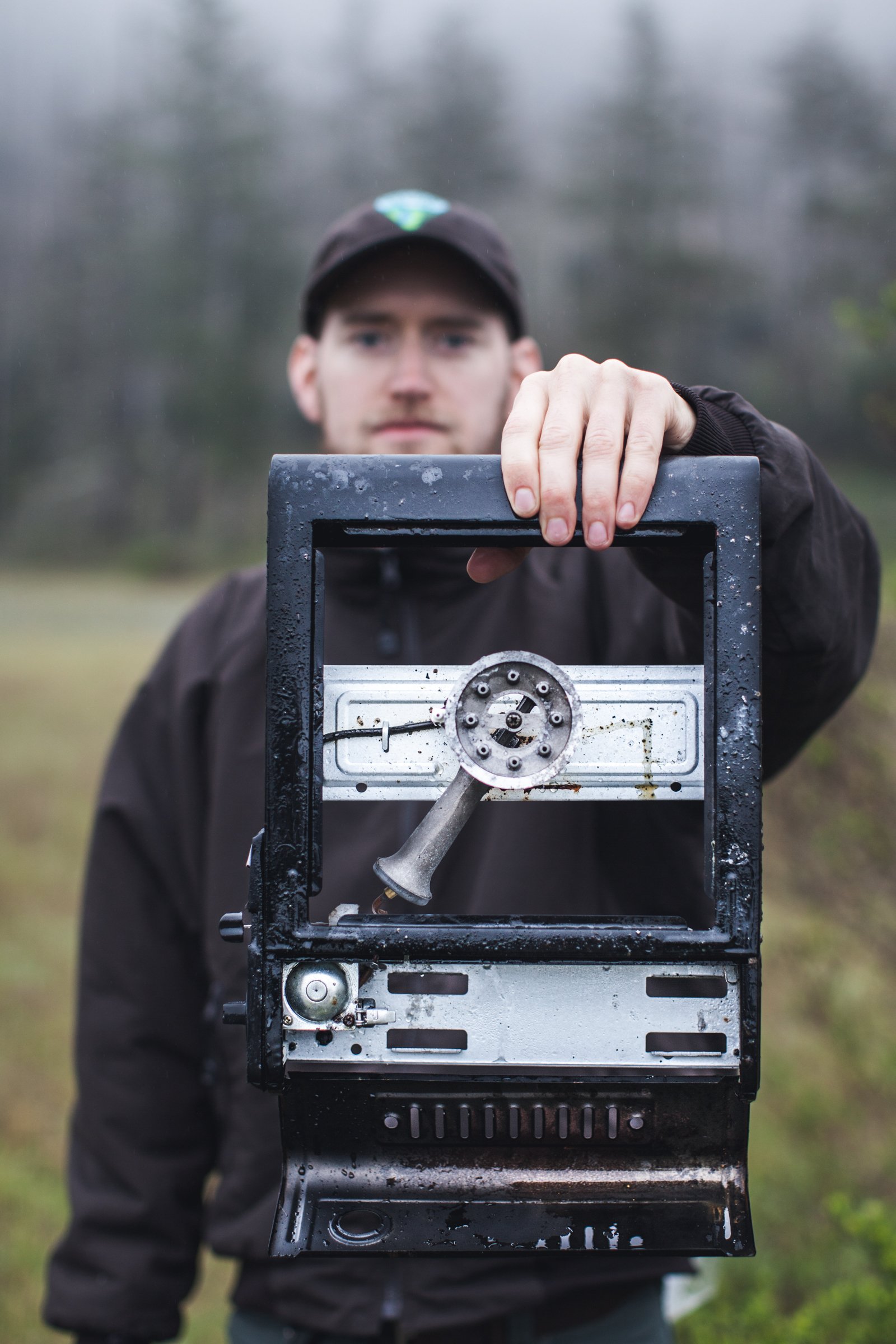
LEFT BEHIND: Sever displays a large metal butane cooking stove, an odd item for the average backpacker, but items of this type are more common than expected at this location. Only eight miles north of the small town of Shelter Cove, this location is frequented by surfers, a demographic not necessarily as accustomed to Wilderness etiquette.

CROSSING REFLECTIONS: Sever crossing one of the main streams along the Lost Coast Trail.

CHECKING IN: King Range Conservation Area Wilderness Ranger, Paul Sever stops to talk with a group of backpackers. Communication with trail users is an important part of Sever's job. Human contact allows Sever to gather important statistical information and encourage Wilderness compliance as well as to relay pertinent updates concerning safety and weather conditions.

NEARING THE END: Backpackers cross the final portion of the Lost Coast Trail in the King Range National Conservation Area. This area spans an expanse of grey sand beaches below lightly forested hillsides. Mist can hang in the air throughout the day and is often thicker during the summer months.

MOUNTAINS MEET THE SEA: For Much of the Lost Coast Trail, waves from the Pacific lap at the western edge of the King Range Mountains. Between the rising slopes narrow valleys and canyons are often shrouded in fog.
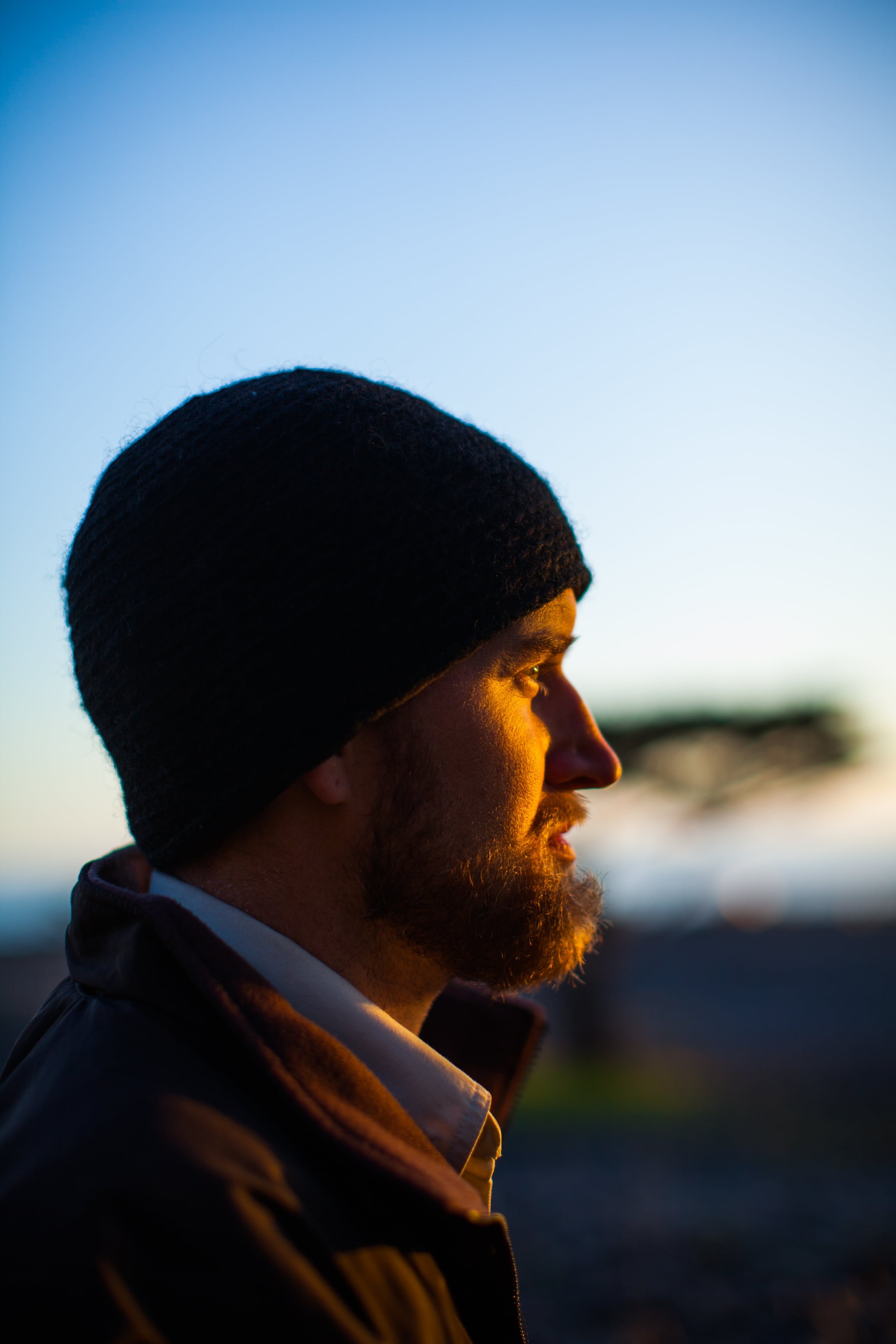
PROFILE OF A RANGER: On patrol for days at a time, Paul Sever ends each day with the setting sun. Sever eats sleeps and breaths at the westernmost edge of California.

A PAIR ON BLACK SAND: Two sets of footprints cross one of many black sand beaches along the Lost Coast Trail. Travelers on the northern portion of the trail traverse lands managed by the Bureau of Land Management in the King Range National Conservation Area. This section of the Lost Coast Trail spans dunes, black sand beaches, rocky shores, coastal meadows, and small sections of forest. The Lost Coast is a unique portion of the 1100 miles of California coastline. This 80 mile section is largely free of development and is the only coastal region significantly untouched by highway asphalt.


SOUTHERN GLOW: A southern view over the rocky shores and steep crumbly hillsides of the Lost Coast. From here to just beyond the most distant slope of land the trail is dangerous and impassable at high tide.